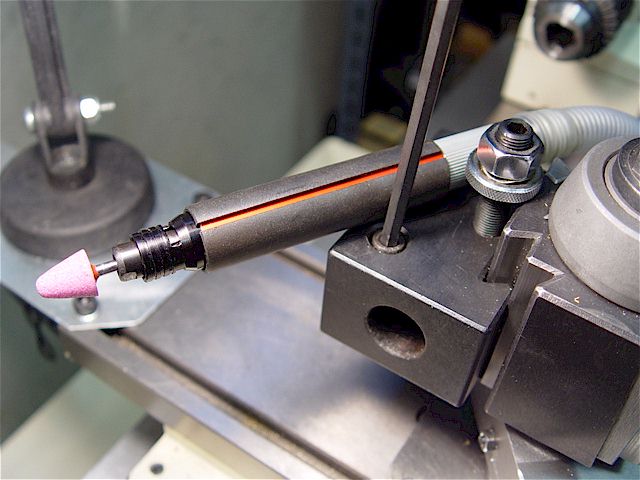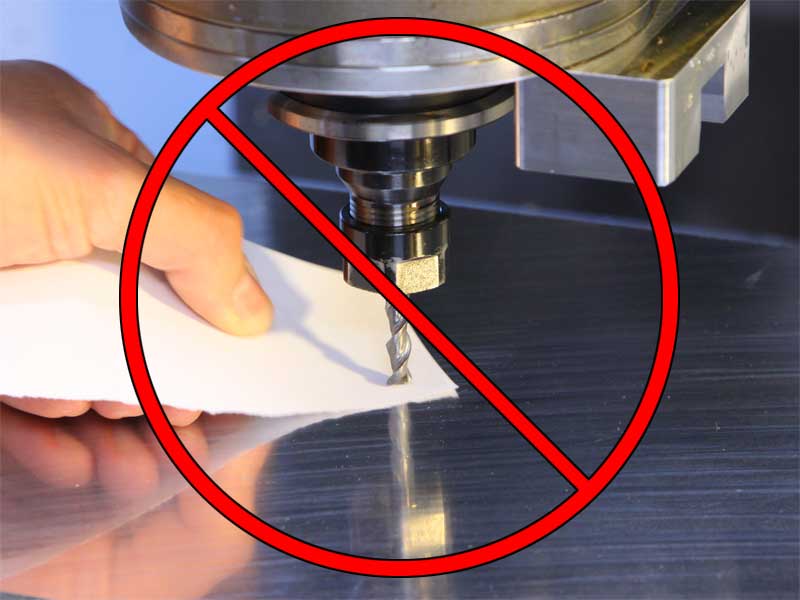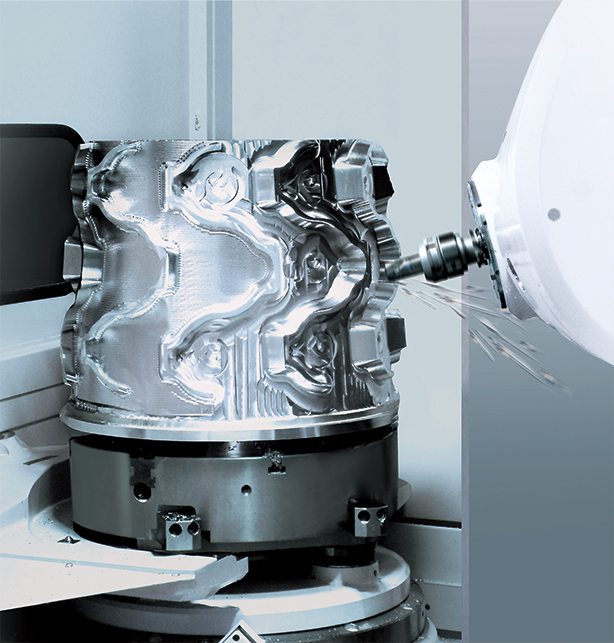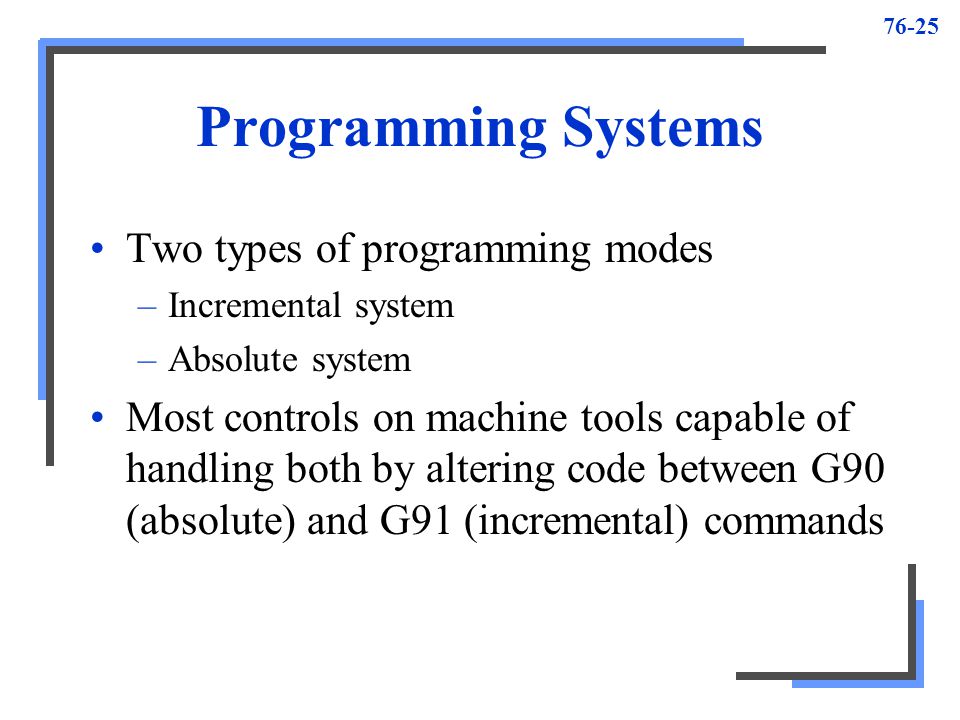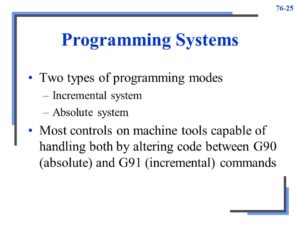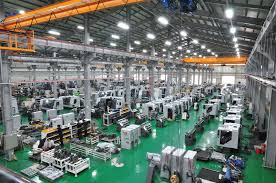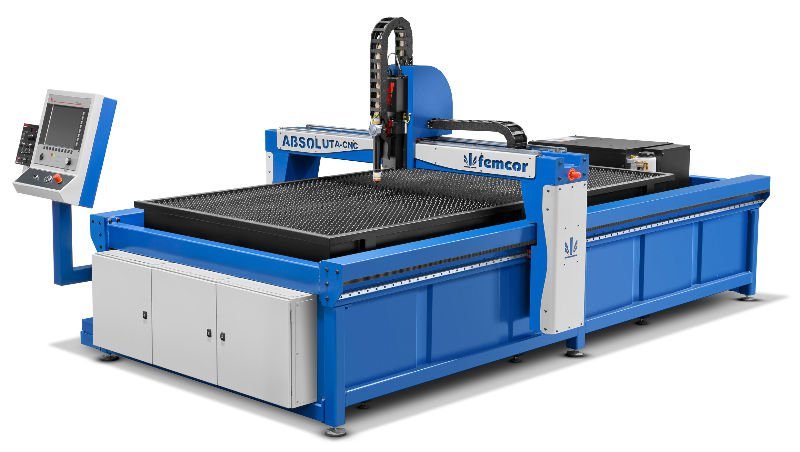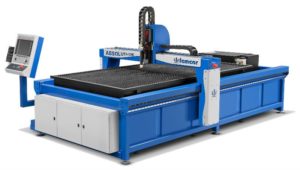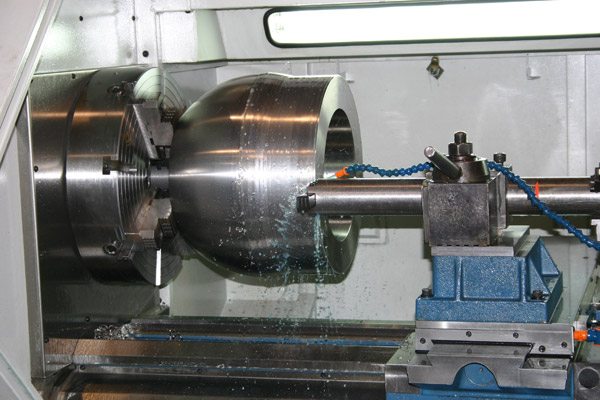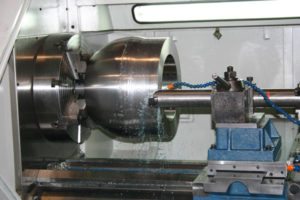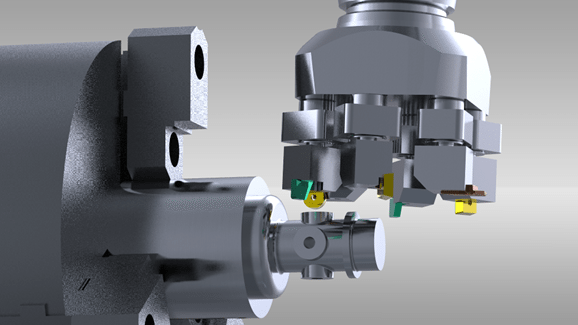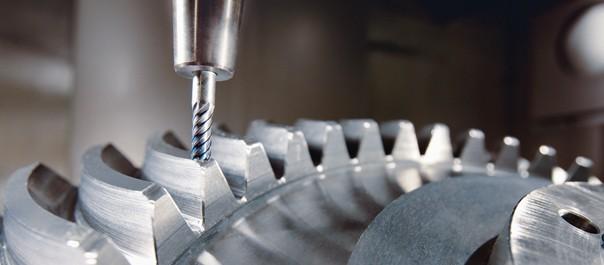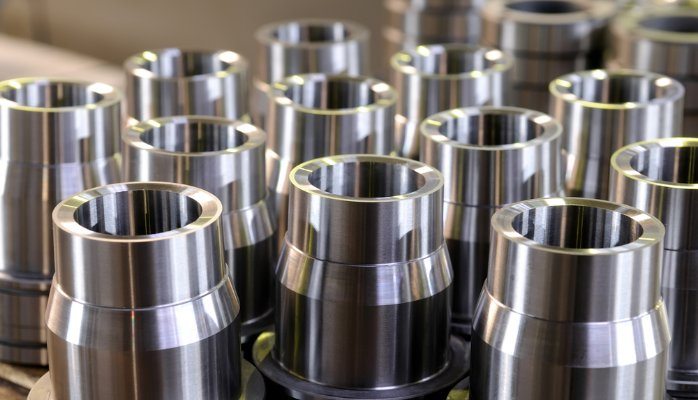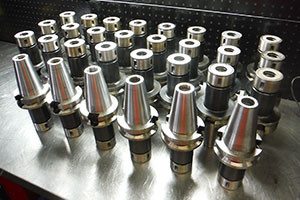The Importance of Tool Holder Care and Maintenance
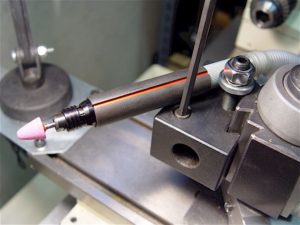 Tool holder care and maintenance is of vital importance (especially when working with CNC machines) for many reasons!
Tool holder care and maintenance is of vital importance (especially when working with CNC machines) for many reasons!
A rule of thumb to live by when working with CNC Machines is that an inspection of the toolholder and spindle should follow every use.
This inspection should include disassembling the entirety of the toolholder and cleaning the parts.
The coolants used while operating the machine can leave residue on the toolholder parts, which can lead to serious adverse effects.
Adverse Effects Tool Holders for CNC Machines
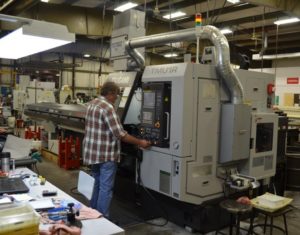 An example of a detrimental effect is a small chip left in the coolant. This chip can degrade the tool’s performance by scratching or scraping the parts.
An example of a detrimental effect is a small chip left in the coolant. This chip can degrade the tool’s performance by scratching or scraping the parts.
In turn, this will cost more money for the shop as they will need to replace the parts of their toolholders quicker than they should have to, and potentially ruin the job they are working on.
An even worse possibility is an accident with the machine and the operator being injured. For these reasons, it is imperative that after operation of the machine, the toolholder is dismantled, cleaned and inspected to ensure it is free of any contamination.
The spindle should also be checked and maintained to ensure it is working to its full potential. Periodically throughout the year a ForceCheck Guage should be employed to test the pulling power of the spindle on the machine.
A record of the results should be kept regularly and when a disparity occurs it must not be ignored. A decrease in pulling power can be a warning sign of problems within the machine and if left unchecked can result in a damaging accident for the operator.
CNC Machines: Tool Holder Care and Maintenance, Bottom Line
Taking the time to inspect and clean all parts of the toolholder and spindle can reduce potential costs for a shop over the lifetime of the machine. It can create a safe and hazard free working environment while diminishing the chances of an accident.
Source:
http://www.productionmachining.com/articles/8-easy-tips-for-spindle-and-toolholder-hygiene

